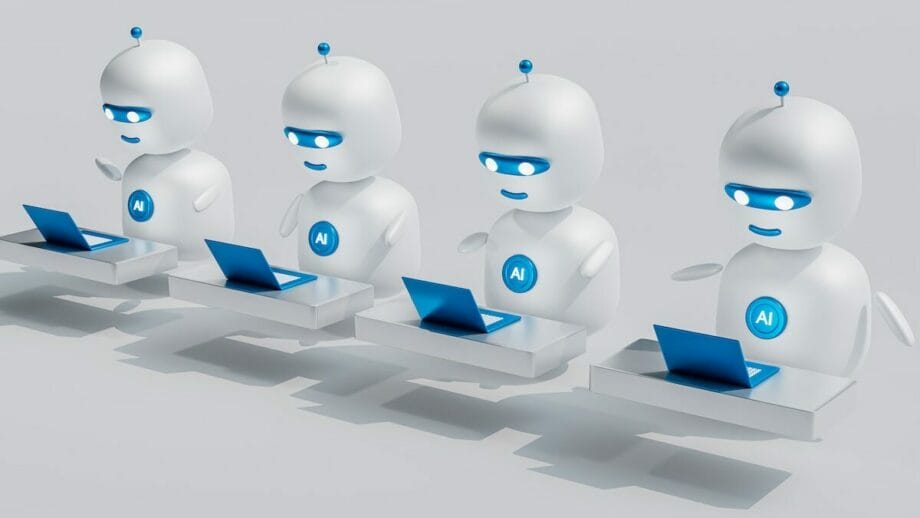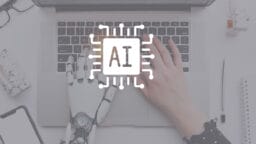Emergence of GPT-5: Revolutionizing Coding in Software Engineering
The discourse surrounding GPT-5 underscores its remarkable prowess in coding, particularly when paired with refined prompting methodologies. This advancement signifies a notable evolution in the realm of artificial intelligence as it pertains to software engineering.
A tweet from Greg Brockman on August 30, 2025, extols GPT-5’s coding capabilities, emphasizing that optimal prompting techniques allow this model to truly excel, laying bare OpenAI’s continued trailblazing in large language models.
This innovation builds upon the groundwork established by GPT-4, which debuted in March 2023, showcasing commendable efficacy in tasks such as code generation and debugging. Within this industry milieu, AI-powered coding tools are drastically transforming the landscape of software development.
A 2023 report from McKinsey Projects suggests that generative AI might automate upwards of 45 percent of software engineering tasks by 2030, potentially infusing trillions into the global economy.
In an environment characterized by fierce competition, key players—OpenAI, Google with its Gemini models launched in December 2023, and Microsoft featuring Copilot initiated in 2023—are engaged in a race for supremacy in AI-assisted programming.

This progression meets the mounting demand for efficient coding solutions amidst a notable global deficit of software developers, with the U.S. Bureau of Labor Statistics forecasting a 25 percent growth in software development roles by 2032.
However, the adoption of AI in coding brings forth ethical considerations, particularly the risk of excessive reliance on AI-generated code. Such dependency may precipitate security vulnerabilities if not scrupulously vetted, advocating for best practices that ensure human oversight in critical applications.
Meanwhile, regulatory frameworks are evolving; the EU AI Act, enacted in March 2024, categorizes high-risk AI systems and mandates transparency in applicable tools like GPT-5.
Market Potential and Business Implications
From a business standpoint, GPT-5’s capabilities in coding unveil substantial market opportunities for enterprises looking to hasten product development while curtailing costs. Analysis from Statista in 2024 anticipates that the global AI software market will reach $126 billion by 2025, with coding and automation tools capturing a significant portion of this growth.
Organizations can capitalize on this trend through subscription-based AI platforms, exemplified by GitHub Copilot’s model, which generated over $100 million in annual revenue by 2023, as reported by Microsoft.
- Direct impacts on industries manifest as enhanced productivity among tech firms; a 2023 study by Stack Overflow revealed a 20 percent increase in developer efficiency following the implementation of AI coding tools.
- Monetization strategies include integrating GPT-5 into custom software development solutions, offering pay-per-use models, or API access.
- Challenges such as stringent data privacy concerns under GDPR necessitate robust compliance measures, particularly the use of anonymized training data.
The competitive landscape features OpenAI at the helm with its API ecosystem, while contenders like Anthropic’s Claude model, released in 2023, emphasize safety to attract more risk-averse enterprises. Opportunities for small businesses lie in leveraging GPT-5 for quick prototyping, potentially slashing development costs by 40 percent, as highlighted by a Forrester report in 2024.
Ethical best practices advocate for transparent AI usage policies to mitigate biases within generated code, thereby ensuring equitable outcomes.
Overall, implications for businesses indicate a transformative shift, with Deloitte forecasting AI’s contributions to the global economy could amount to $15.7 trillion by 2030, driven by innovations like GPT-5.
Technical Insights and Implementation Strategies
On a technical front, GPT-5’s coding expertise relies heavily on advanced prompting techniques, such as the chain-of-thought prompting delineated in a 2022 research paper from Google, which boosts logical reasoning within AI outputs.
Key considerations for implementation include fine-tuning prompts tailored to specific programming languages like Python or Java. OpenAI’s directives from 2023 suggest iterative refinement as a pathway to achieve optimal outcomes.
Challenges persist in managing intricate, multi-step coding tasks. However, error rates can be significantly reduced to below 10 percent with appropriate methodologies, as indicated by benchmarks in the GPT-4 technical report from March 2023.
Solutions to these challenges comprise hybrid frameworks that meld AI capabilities with human oversight, effectively mitigating deployment risks.
- Future projections hint at seamless integration with software development environments such as Visual Studio Code, with Microsoft announcing extensions in 2023. By 2027, AI coding agents could evolve into fully autonomous entities, according to IDC forecasts from 2024.
- Data points reveal that GPT-4 achieved a 76 percent accuracy rate on HumanEval coding assessments in 2023, with anticipations that GPT-5 will exceed this benchmark based on internal advancements.
- Regulatory compliance calls for audit trails for AI-generated code, in alignment with NIST guidelines updated in 2023. Ethical considerations stress the necessity of diverse training datasets to mitigate the perpetuation of biases, as underscored in a 2023 study by MIT.
In conclusion, GPT-5 stands as a watershed development, poised to redefine coding paradigms while necessitating careful and astute implementation strategies.
Frequently Asked Questions
What are the key benefits of using GPT-5 for coding? The key advantages encompass expedited code generation, diminished debugging time, and heightened creativity in problem-solving, with empirical studies indicating productivity enhancements of up to 30 percent.
How can businesses deploy GPT-5 effectively? Organizations can initiate this process by training their teams in effective prompting techniques and integrating the model via APIs, all while ensuring adherence to data security regulations.
Source link: Blockchain.news.






